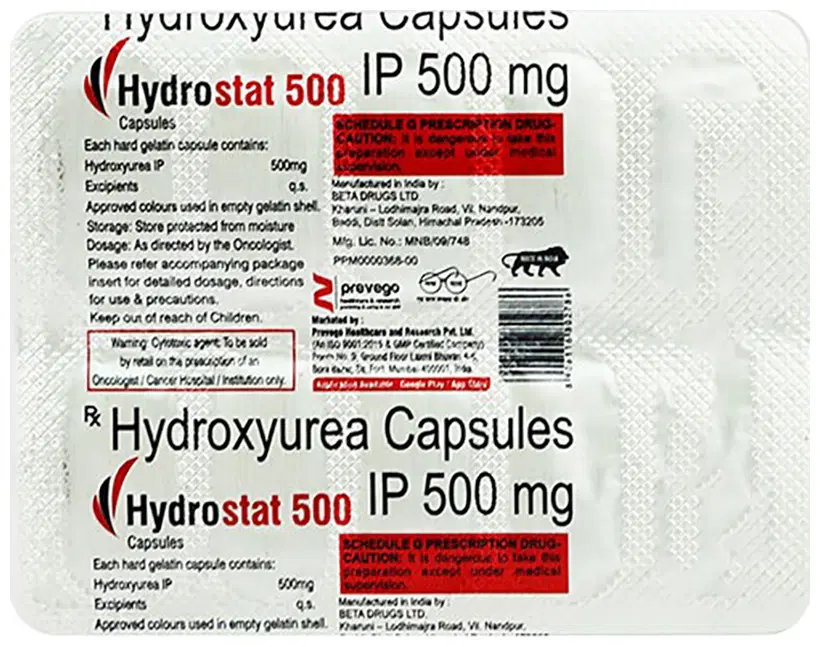Sickle cell anemia
Sickle cell anemia, also known as sickle cell disease, is a genetic disorder affecting the red blood cells. Instead of being round and flexible, these cells are crescent-shaped and sticky, which can lead to blockages in blood vessels and a reduced ability to carry oxygen throughout the body. This condition can cause various symptoms, including pain, fatigue, infections, and anemia.
Treatment options for sickle cell anemia focus on managing symptoms, preventing complications, and addressing acute pain episodes. Common medications used in the management of this condition include:
Hydroxyurea: This oral medication helps to increase the production of healthy red blood cells and reduce the frequency of pain episodes.
Pain relievers: Over-the-counter pain medications, such as acetaminophen, may be prescribed for mild to moderate pain. More severe pain may require prescription-strength opioids, which should be used cautiously under the supervision of a healthcare professional.
Antibiotics: Due to the increased risk of infections in individuals with sickle cell anemia, antibiotics may be prescribed to treat or prevent infections.
Blood transfusions: Red blood cells from healthy donors can be transfused to increase hemoglobin levels and alleviate symptoms of anemia.
Hematopoietic stem cell transplantation: In severe cases, a transplant of healthy stem cells may be considered as a potential cure for sickle cell anemia.
Consult with a healthcare professional to determine the most appropriate treatment plan for an individual with sickle cell anemia. Regular monitoring and follow-ups are essential to ensure the best possible outcome and maintain the patient’s overall well-being.

Showing all 9 results











